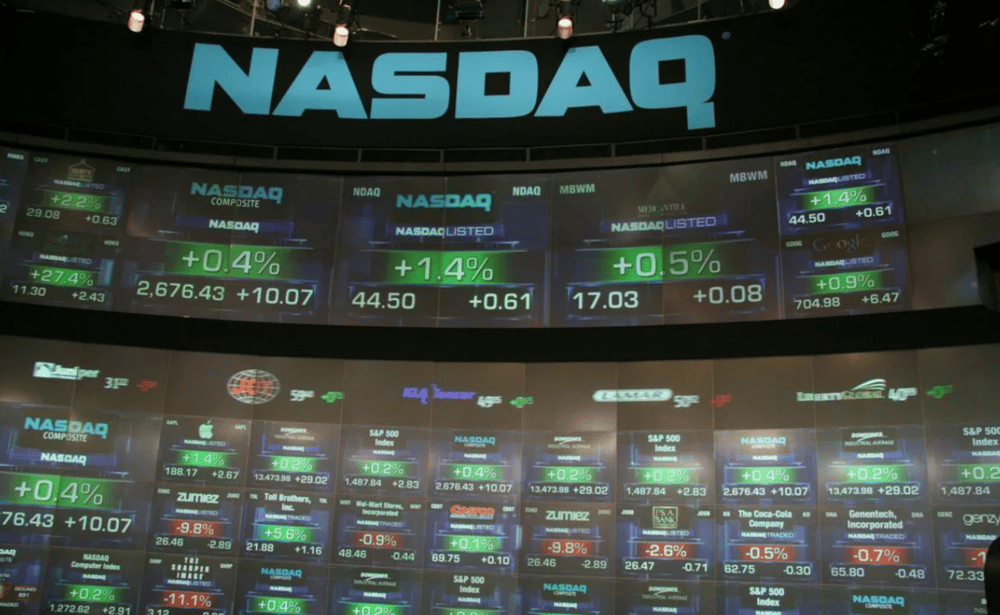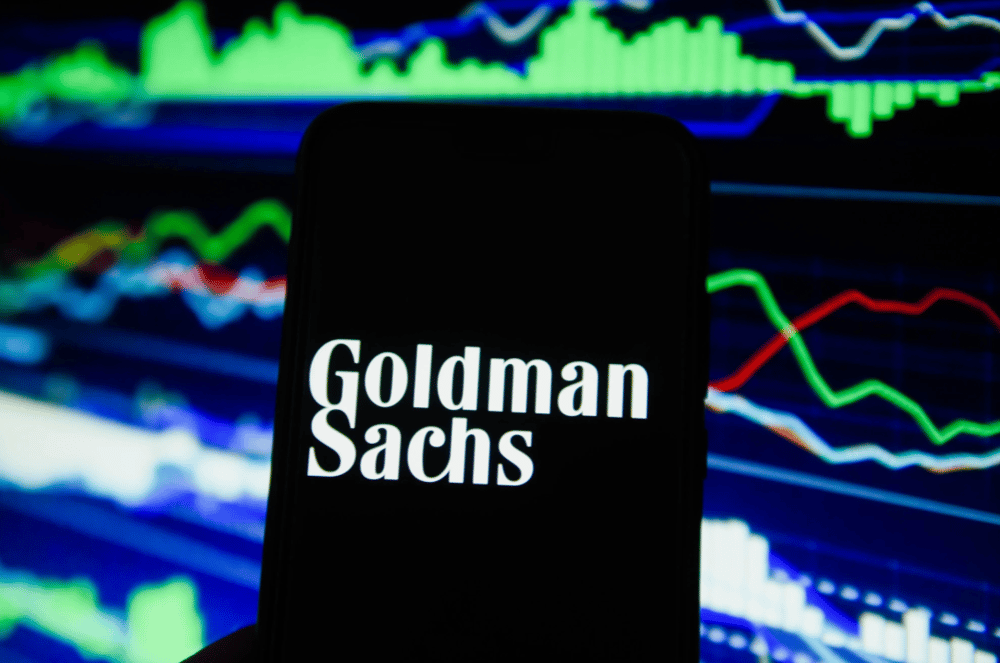Goldman Sachs Cuts U.S. Recession Risk to 30% as U.S.-China Trade Tensions Ease
Goldman Sachs $GS has revised its forecast for a potential U.S. recession, lowering the 12-month probability to 30% from the previous 35%. The adjustment comes in light of reduced trade uncertainty following a renewed commitment between the United States and China to uphold a restructured trade framework. The reassessment reflects growing optimism among analysts that geopolitical friction—specifically around tariffs and export controls—may ease in the near term.
The announcement follows a breakthrough in bilateral negotiations earlier this week, where both Washington and Beijing reaffirmed cooperation on key economic issues, including tariff schedules, rare earth exports, and academic exchange policies.
Implications of Trade Developments on U.S. Economic Outlook
The updated trade agreement framework addresses critical sticking points that have weighed on global sentiment since the onset of the U.S.-China trade war. The removal of Chinese export restrictions on rare earth elements, vital for technology manufacturing, marks a significant concession. Additionally, the reinstatement of educational access for Chinese nationals to U.S. universities signals diplomatic thawing beyond economic borders.
For U.S. economic modeling, such progress reduces tail risks that could otherwise contribute to elevated inflation, capital market volatility, and supply chain disruptions. Goldman Sachs' downward revision to recession odds is, therefore, an acknowledgment of this reduced systemic risk.
Moreover, the de-escalation could bolster $^SPX (S&P 500 Index) resilience, support USD stability, and enhance investor confidence as inflationary pressures ease.

Quick Facts
📉 New U.S. Recession Forecast: 30% (down from 35%) — Goldman Sachs
🤝 Bilateral Deal: U.S. and China affirm tariff and trade cooperation
🧪 Rare Earths: China to lift export restrictions
🎓 Education: Chinese students regain access to U.S. universities
📊 Market Impact: Lower geopolitical risk premium priced into equities
Market Reaction and Expert Insights: Cautious Optimism Across Asset Classes
Markets have shown muted but positive responses, reflecting tentative optimism. Equity indices such as the Nasdaq 100 $^NDX and S&P 500 were flat to slightly higher in early trading, while U.S. Treasury yields inched upward—a signal of improving economic sentiment. The USD also held firm against major currencies like the JPY and EUR, benefiting from reduced uncertainty.
Several Wall Street analysts noted that while tariff relief and trade normalization are constructive, broader macroeconomic concerns—such as fiscal tightening, energy prices, and geopolitical instability—remain.

Key Takeaways
Goldman Sachs reduces U.S. recession probability due to trade clarity.
Rare earth minerals play a strategic role in supply chain recalibration.
Educational diplomacy is used as a soft power lever in U.S.-China relations.
Markets are responding cautiously, with upside limited by structural risks.
Trade easing supports equity valuations but doesn’t negate monetary policy effects.
A Temporary Buffer Against Structural Headwinds
While the downward revision of recession risk by Goldman Sachs is a positive signal, it should be viewed in the context of a broader macro environment still facing considerable challenges. The U.S.-China trade détente offers temporary relief to investors and policymakers alike, providing breathing room for industries exposed to supply chain volatility and geopolitical risk.
However, the global economy remains susceptible to shocks beyond bilateral trade—ranging from central bank policy to geopolitical escalations in other regions. In that context, this development may be stabilizing rather than transformative, offering time to prepare for deeper economic realignments ahead.















Comments
Goldman Sachs' cut in recession odds is a refreshing signal that easing U.S.-China trade tensions might finally be paving a path toward stability.
Forward-looking investments like this are setting new standards in the tech ecosystem